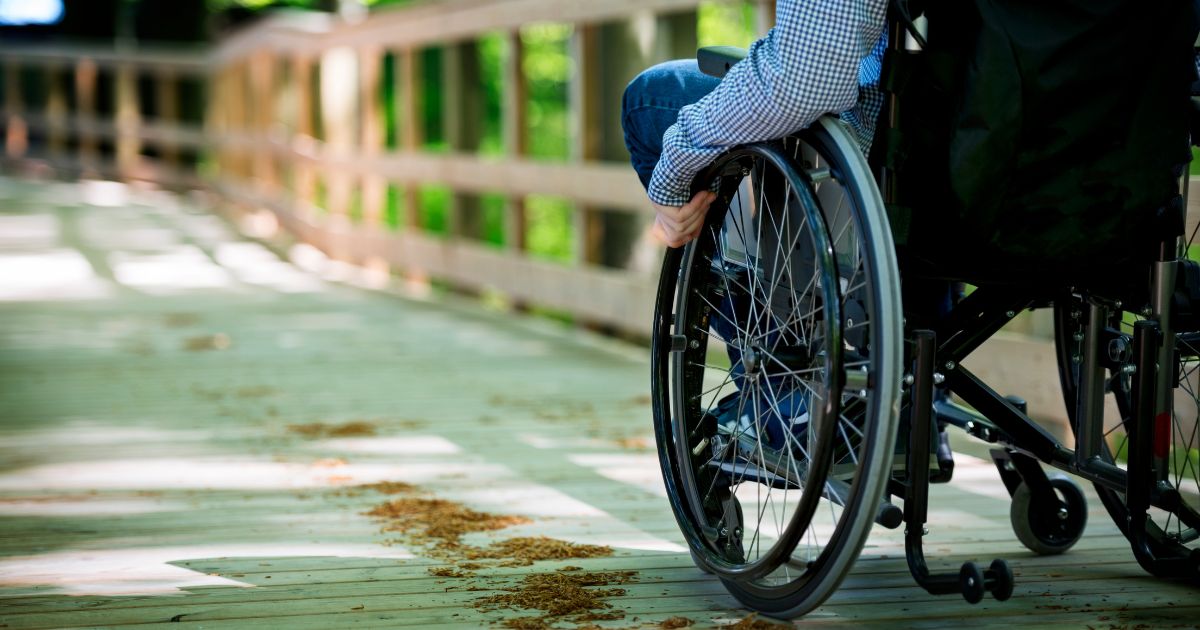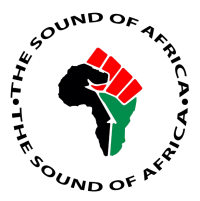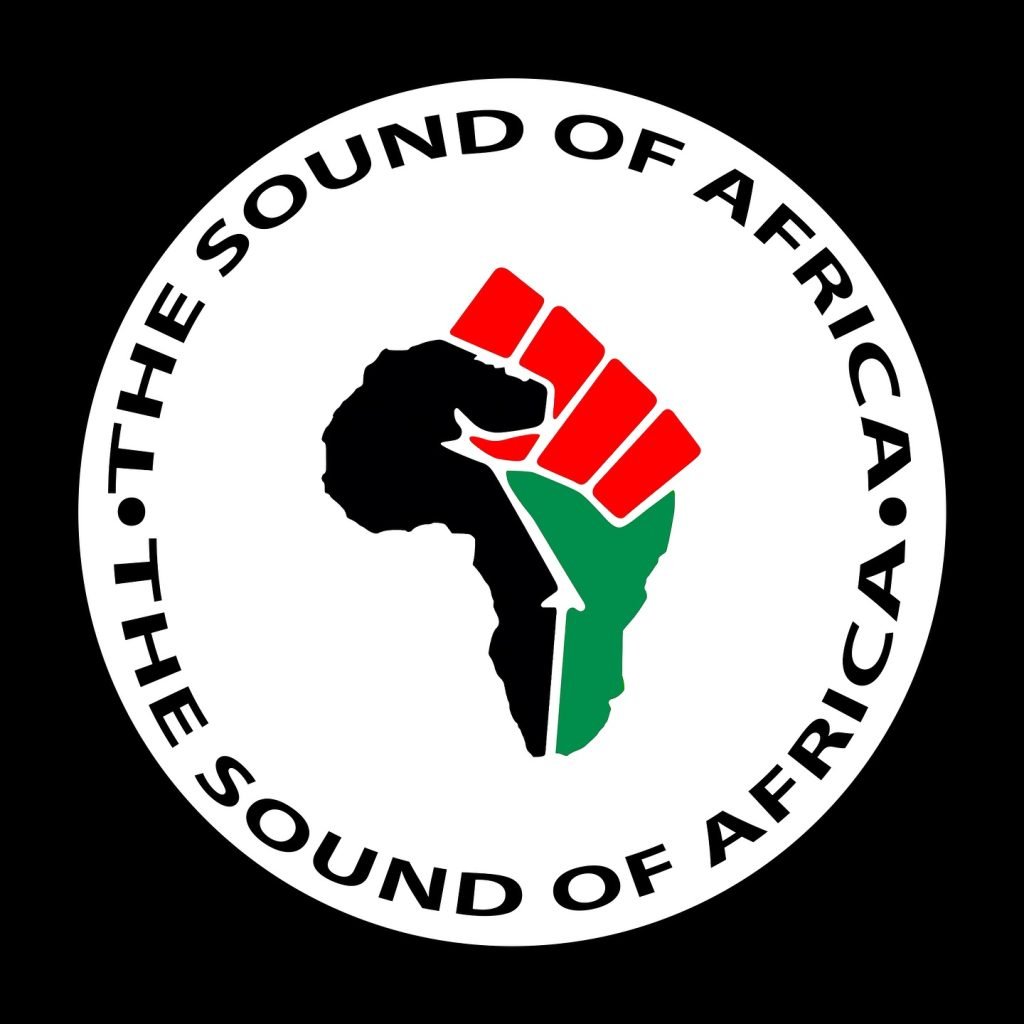
South Africa is rich with tourist attractions. From the magnificent natural sight of the Drakensburg mountains, to Table Mountain and the Garden Route. Travelling through the Karoo, open fields of the Freestate or admiring the waterfalls in Mpumalanga, you will come across towns that have historical significance, calling back to a time when minecarts used to waggle over iron tracks, or even older still, when the clash of Zulu spears would sound in battle cries. From monuments to wine farms and our famous Big Five, South Africa is a tourist’s dream!
Although there is so much to do and so much to see, a large number of people are excluded from participating in activities and experiences due to their disabilities. Not being able to access certain buildings because of mobility issues, not being able to go on safaris because vehicles are not equipped for these individuals, or even museums and exhibits not being interactive for the hearing or vision-impaired travellers. Additionally, what is often forgotten is that the elderly and young, immobile children can also benefit from more accessible experiences and facilities.
Inaccessible Travel and Tourist Destinations
In South Africa alone, 7,5% of the population has a disability. Furthermore, it’s estimated that the global percentage sits at 15%. Not only is it a good business decision to make your facility or tourism service more accessible, but it also builds towards universal access for all people.
Although the pandemic has had far-reaching effects on the tourism industry, as it still struggles to recover, highlighting accessibility for tourists should not be ignored. Prof Elmarie Slabbert, Director of the Tourism Research in Economics, Environs and Society (TREES) research unit at the North-West University (NWU), emphasised this, saying that international travellers are looking for the extensive, accessible public transport that they frequent in their home countries. It’s therefore vital that all stakeholders work hard at making travel, transport and tourism easy to use, particularly for differently-abled persons.
Universal Accessibility to Aid Differently-abled Tourists
Universal accessibility means that products, experiences, services and facilities are designed to accommodate all people, regardless of their social class, ethnicity, ancestry or physical disabilities.
To meet universal accessibility standards, travelling packages and tourism products must meet and exceed the needs of people with disabilities, the elderly and families travelling with young children.
According to the Tourism Grading Council of South Africa, accessibility is a central element of any responsible and sustainable development policy. It is more than a great business strategy; it’s a human right. What’s more, if it benefits disabled individuals, it benefits society at large.
By encouraging tourism operators to implement best-practice standards that meet universally accessible criteria, it elevates South Africa’s competitiveness as a tourism destination
Areas to Tackle First
The National Department of Tourism has identified three touchpoints where they believe increasing accessibility will benefit the industry as a whole. These are access to information, accommodation and transport.
Information Access
Information access is centred around educating operators about differently-abled individuals’ needs, and providing the information to disabled individuals about facilities and experiences that have made provisions for these needs. These five points are as follows:
- Operators should develop programs that raise awareness about the needs of people with disabilities, the elderly and young children.
- Staff must be trained in assisting individuals with physical disabilities and be able to inform them about available services.
- Websites and information access points should be accessible.
- Involve people with disabilities in the Tourism Grading process
- Braille signage and voice-aided facilities should be introduced at information points.
Accomodation
When it comes to accommodation, the main drive is to ensure that all facilities focus on the safety of disabled guests, especially in the case of emergencies. Here are the six points that facilities must focus on:
- Provide information about the accessible accommodation facilities.
- Adopt universal design principles in the design and operation of accommodation facilities (ramps, seated showers, or technology with tactile input).
- Provide a safe and accessible evacuation route and plan.
- Provide vibrating pads for guests with hearing impairments. These should be connected to a fire alarm or smoke alarm.
- Fire alarms should have both visual and audio warnings.
- Ensure availability of a wireless telephone with text messaging service.
Transport
Transport improvements are aimed at improving transportation for individuals with mobility impairments and blind travellers. Suggested improvements include:
- Accessible tour buses with safe tie-down facilities, sensitised drivers and an adequate line of sight for viewing.
- Functioning hydraulic lifts in larger buses.
- Tour information in Braille, audio and large print options.
- Audible announcement at each destination.
Improving accessibility in South African tourism not only has the potential to boost the local economy through the various tourist and travel packages that are friendly to differently-abled individuals, but it can also encourage international travellers to journey to the country. Apart from the economic benefit to the tourism industry, accommodating disabled individuals will also assist in overall social integration.
South Africa is rich with tourist attractions. From the magnificent natural sight of the Drakensburg mountains, to Table Mountain and the Garden Route. Travelling through the Karoo, open fields of Read More


